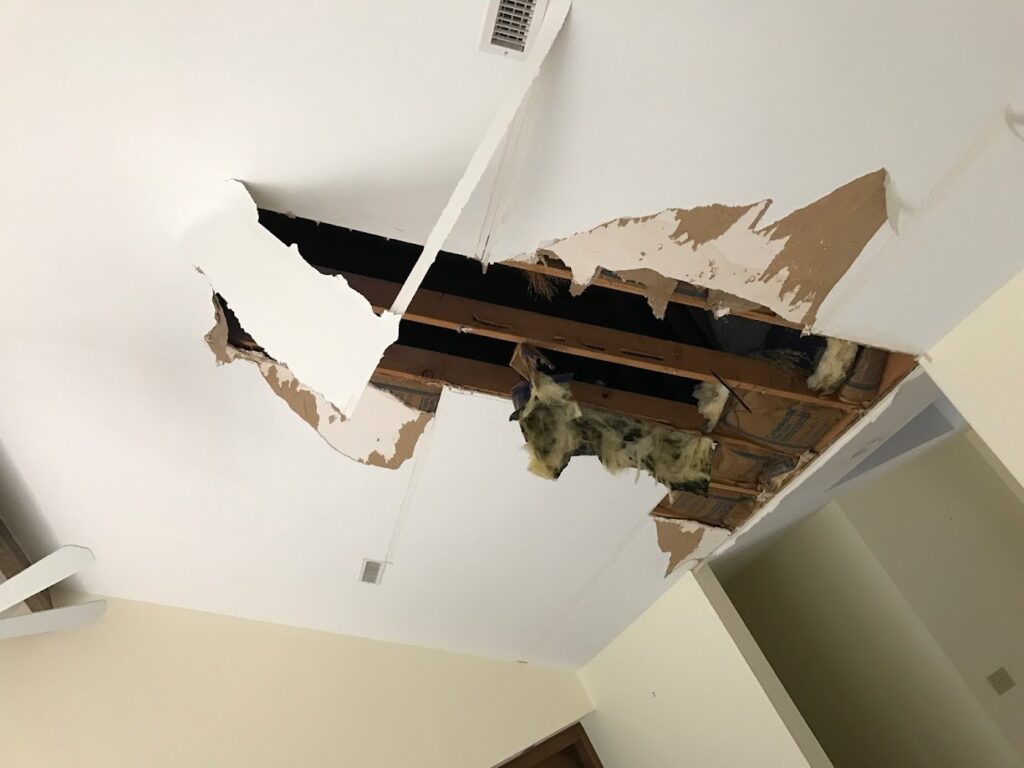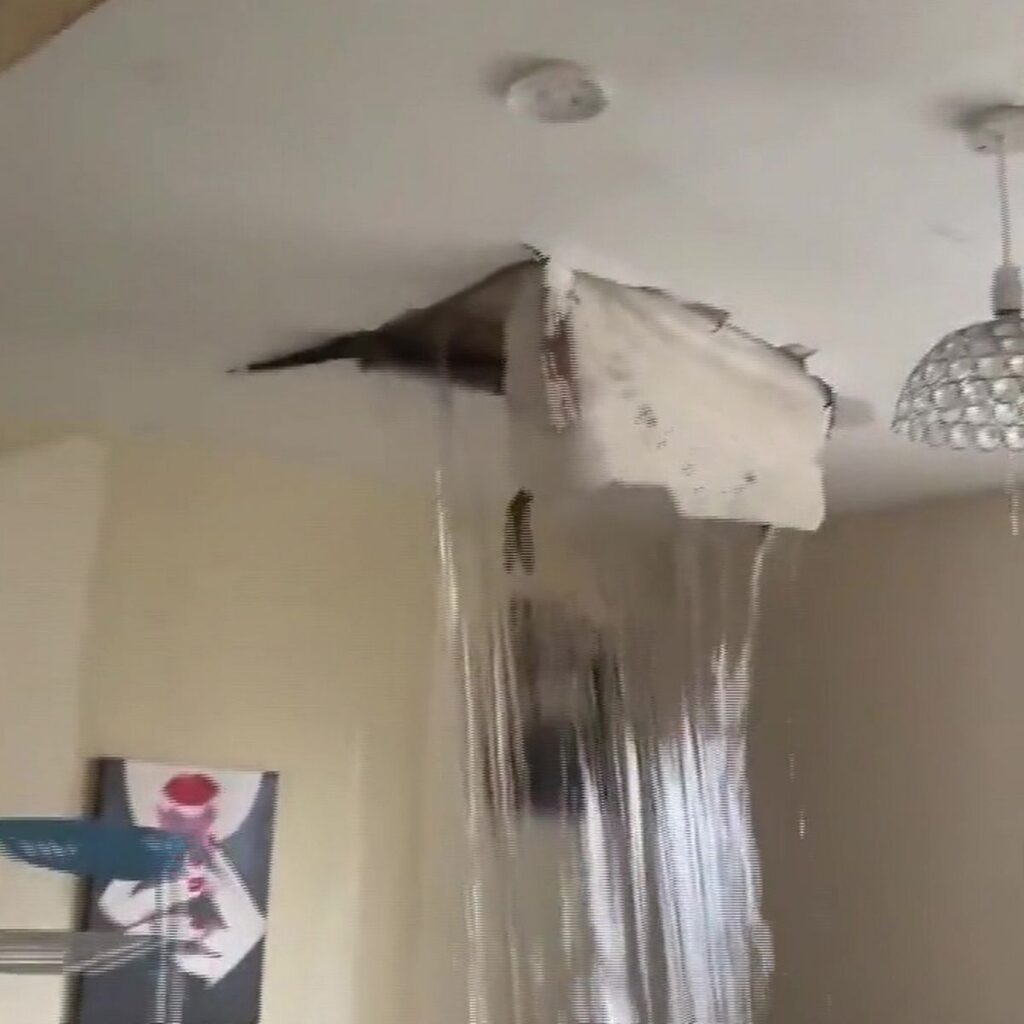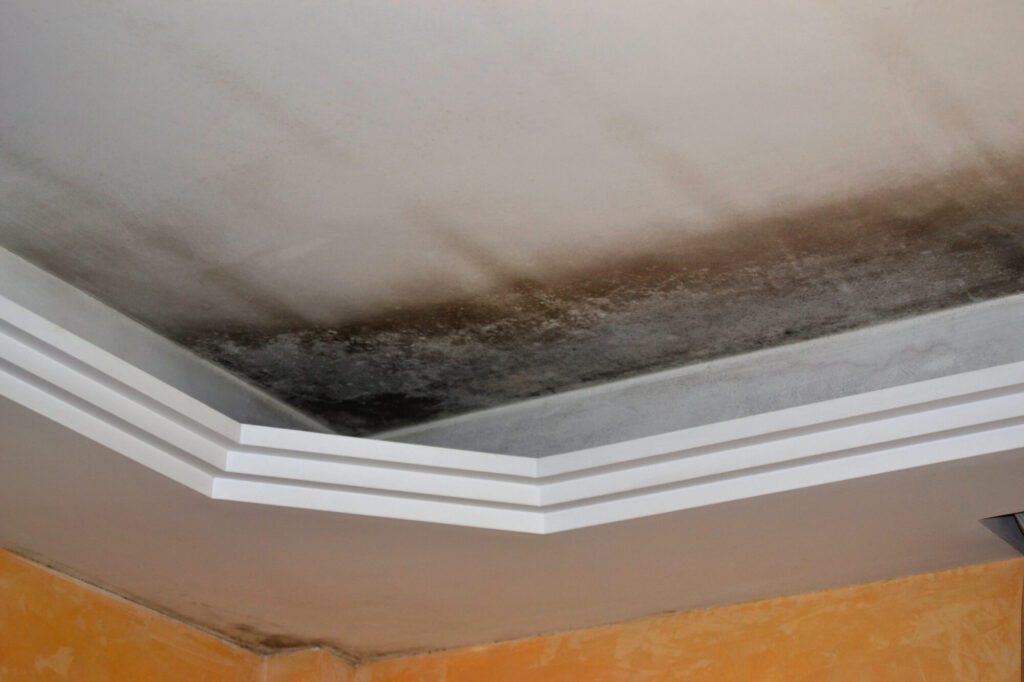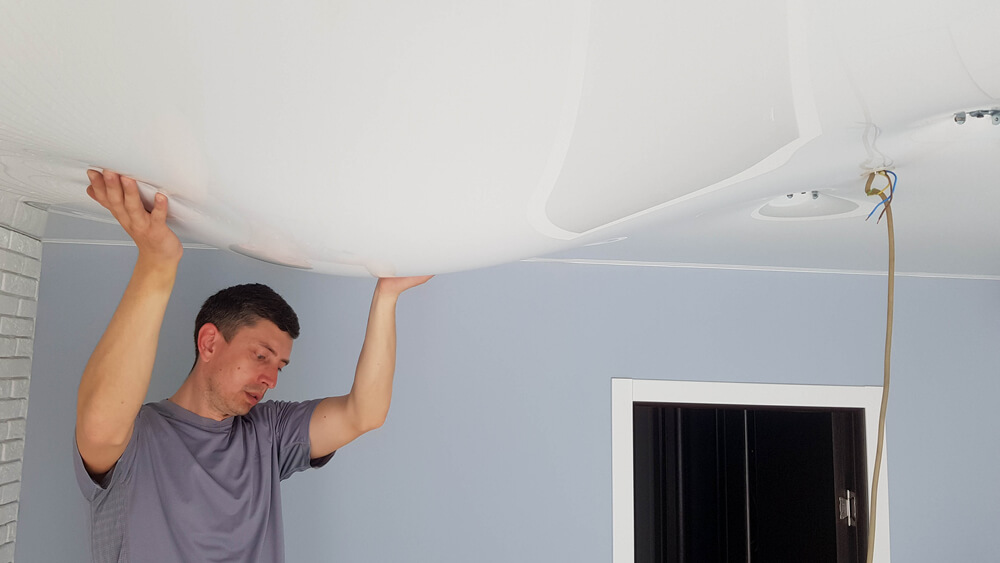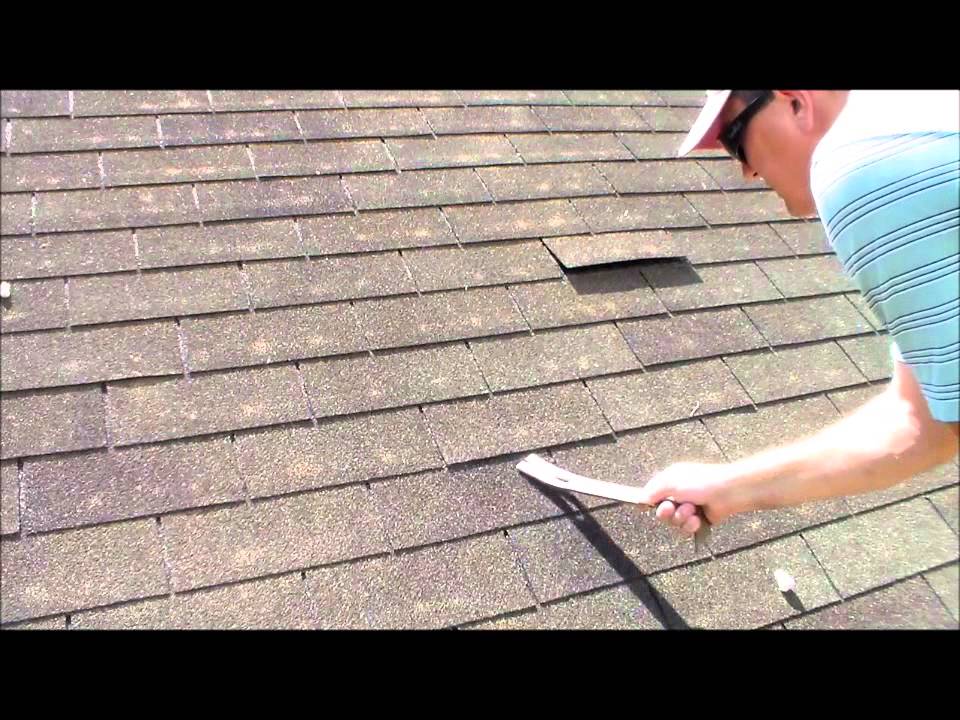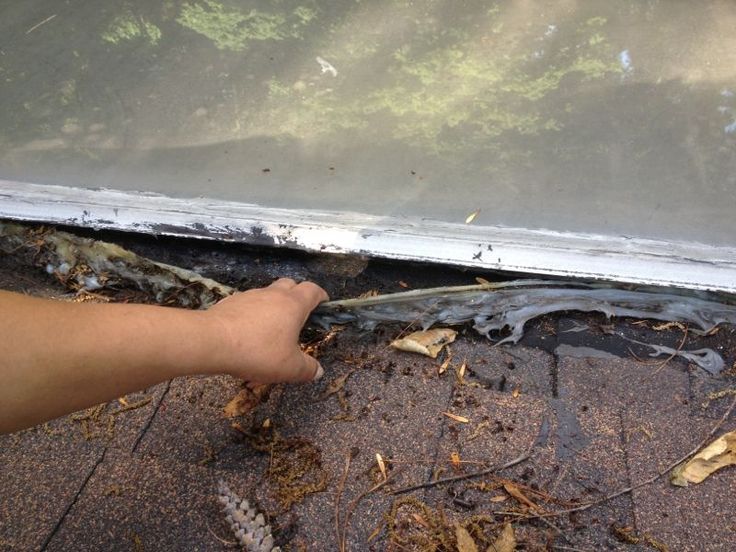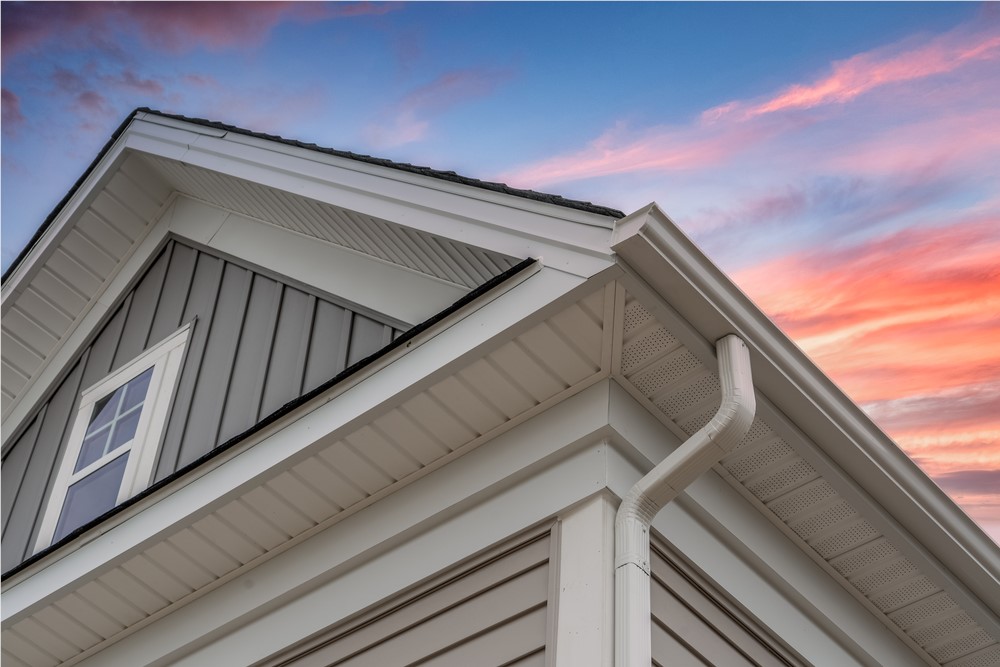You may have wondered whether a simple roof leak could actually lead to the collapse of your entire roof. Well, the answer is both simple and complex. While a small roof leak may not immediately cause a roof to collapse, if left unnoticed and unfixed, it can certainly lead to more serious structural damage over time. In this article, we will explore the potential dangers of roof leaks and discuss how regular maintenance and prompt repairs can help prevent a catastrophe. So, let’s uncover the truth behind the impact of roof leaks and ensure the safety of your home.
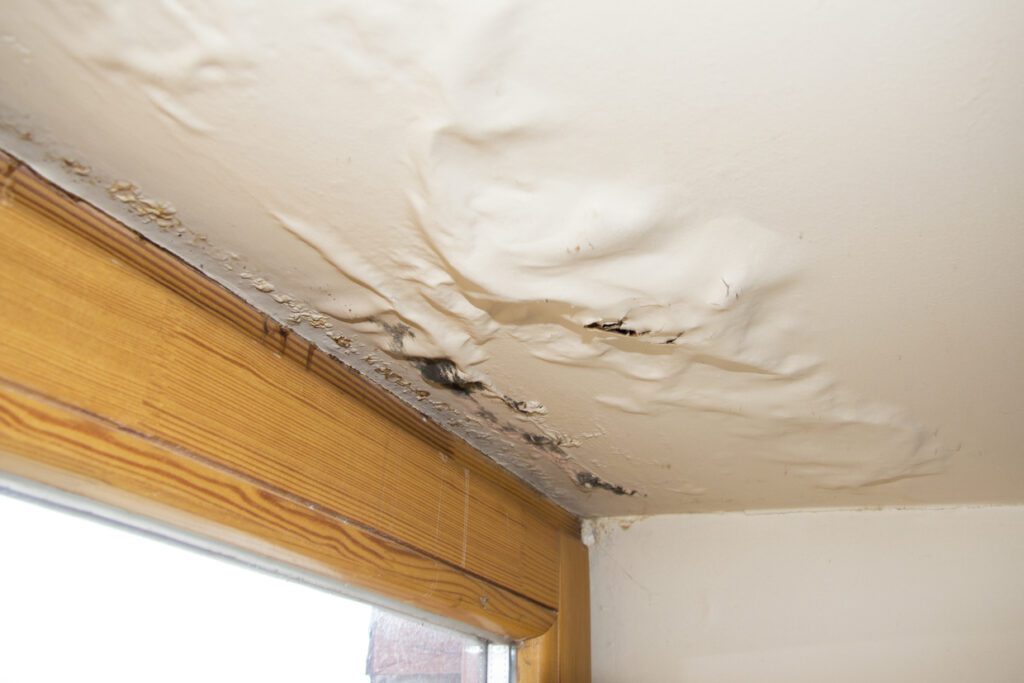

Overview of Roof Leaks
Roof leaks are a common problem that many homeowners face. A roof leak occurs when water infiltrates the roof system and enters the interior of the building. If left untreated, these leaks can lead to significant damage to your home and compromise its structural integrity. In this article, we will explore the definition of a roof leak, common causes, signs to look out for, and the importance of promptly addressing roof leaks.
Definition of a Roof Leak
A roof leak refers to the passage of water through the roof system, which may cause damage to the interior of a building. It can occur due to various reasons such as damaged or missing shingles, cracked flashing, clogged gutters, or improperly installed roofing materials. The leakage of water can lead to a range of issues, including water stains on walls and ceilings, mold growth, and even potential structural damage.
Common Causes of Roof Leaks
Several factors can contribute to roof leaks. One of the primary causes is the natural wear and tear of roofing materials over time. Exposure to harsh weather conditions, such as heavy rain, wind, or snow, can cause the roofing materials to deteriorate, making it easier for water to seep through. Other common causes include the lack of regular roof maintenance, improper installation of flashing, and clogged gutters or downspouts that prevent water from draining away from the roof.
Signs of Roof Leaks
Detecting roof leaks early is crucial in preventing further damage to your home. Look out for signs such as water stains on ceilings or walls, peeling or bubbling paint, damp or musty odors, and visible signs of mold or mildew growth. You may also notice drips or water pooling in certain areas during or after rainfall. Additionally, if you spot any missing or damaged shingles, cracked or deteriorated flashing, or visible signs of water damage in your attic, these could be indications of a roof leak.
Importance of Promptly Addressing Roof Leaks
Addressing roof leaks promptly is essential to avoid more extensive and costly damage to your home. Water intrusion can have a significant impact on the structural integrity of your roof and the overall stability of your home. Ignoring roof leaks can result in weakened roof support beams, degradation of roof decking, and damages to insulation, leading to compromised energy efficiency. Additionally, prolonged exposure to water can promote the growth of mold and mildew, which can pose health risks to you and your family. Therefore, taking immediate action to fix roof leaks is crucial for maintaining a safe and healthy living environment.
Structural Impact of Roof Leaks
When water infiltrates your roof system, it can have various detrimental effects on the structural components of your home. Understanding these impacts is essential in recognizing the urgency of addressing roof leaks and preventing potential collapses.
Effect of Water on Roof Structures
Water is a powerful force that can cause significant damage to the structural components of your roof. It can seep into cracks and crevices, leading to wood rot, rusting of metal components, and deterioration of other materials. Over time, these effects can weaken the overall stability of your roof and compromise its ability to withstand external forces such as wind or snow loads.
Weakening of Roof Support Beams
Roof support beams, also known as rafters or trusses, play a critical role in providing structural support for your roof. When exposed to water due to roof leaks, these beams can weaken and lose their load-bearing capacity. This weakening can lead to sagging or bowing of the roof, which not only affects the appearance of your home but also poses a safety risk.
Degradation of Roof Decking
The roof decking, typically made of plywood or oriented strand board (OSB), provides a solid base for the roof covering. When water infiltrates the roof system, it can cause the decking to warp, rot, or become weakened. This degradation compromises the stability of the entire roof structure, making it more susceptible to further damage and potential collapse.
Damages to Insulation
Roof leaks can also result in damages to the insulation in your attic or ceiling spaces. Once insulation gets wet, it loses its effectiveness in regulating temperature and energy efficiency. Additionally, damp insulation provides an ideal environment for mold and mildew growth, further exacerbating the potential health hazards and structural damage.
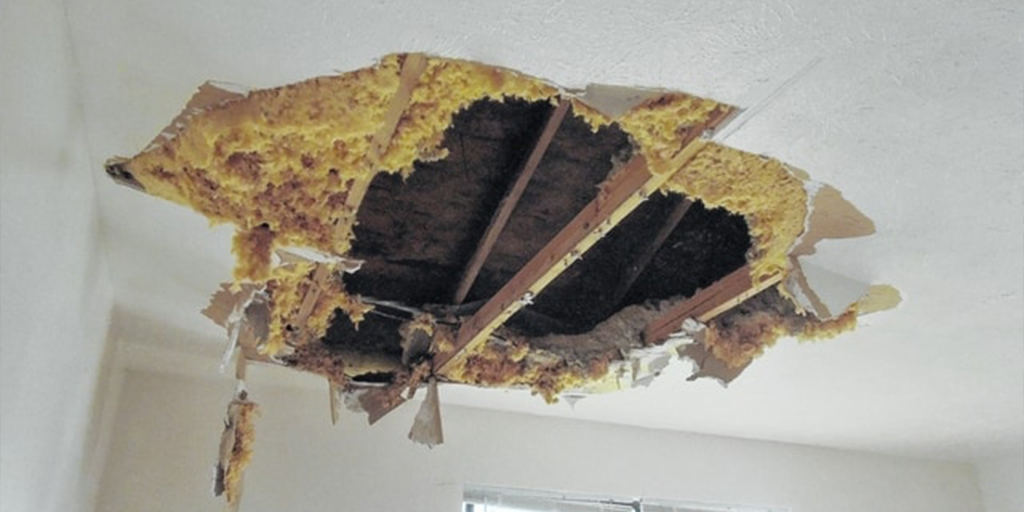

Potential Risks and Dangers
Ignoring roof leaks can lead to several risks and dangers that should not be underestimated. Understanding these potential consequences will highlight the importance of taking immediate action to address roof leaks.
Increased Weight on the Roof
When water accumulates on your roof due to leaks, it adds significant weight to the structure. This excess weight can exceed the design capacity of the roof system, putting additional stress on the already weakened components. Over time, the cumulative effect of this increased weight can lead to structural failure and potential collapse.
Deformation of Roof Trusses
Roof trusses are structural frameworks that support the roof. When exposed to water for extended periods, these trusses can become deformed and lose their structural integrity. Deformation of the trusses can result in the roof sagging or bowing, further compromising the stability and safety of your home.
Compromised Structural Integrity
Roof leaks can compromise the overall structural integrity of your home’s roof system. As water penetrates the various components, it weakens them, making them more susceptible to damage from external factors, such as wind or snow loads. Additionally, the constant exposure to water can expedite the deterioration of materials, leading to premature failure of the entire roof system.
Risk of Collapsed Ceiling
One of the most significant dangers of ignoring roof leaks is the risk of a collapsed ceiling. When water infiltrates the roof and seeps into the ceilings, it can weaken the supporting structures, such as ceiling joists or drywall. Over time, this weakening can result in the collapse of the ceiling, posing an immediate threat to the safety of anyone inside the building.
Factors Affecting Roof Collapse
Various factors can contribute to the potential collapse of a roof. Understanding these factors will help homeowners evaluate the severity of a roof leak and take appropriate measures to prevent structural failure.
Severity and Duration of the Leak
The severity and duration of a roof leak play a crucial role in determining the extent of damage to the roof system. A small, occasional leak may not impose an immediate threat, but if left unaddressed for an extended period, it can result in significant structural damage. On the other hand, a severe leak that allows a large volume of water to infiltrate the roof can expedite the deterioration of materials and increase the risk of collapse.
Quality of Roofing Materials
The quality of the roofing materials used in the construction of your roof can significantly impact its longevity and resistance to leaks. High-quality, durable materials are more likely to withstand the effects of harsh weather conditions and age better over time. Conversely, lower-quality materials may deteriorate more quickly, resulting in a higher likelihood of leaks and potential collapse.
Age and Condition of the Roof
Roofs have a limited lifespan, and as they age, they become more susceptible to leaks and structural issues. Older roofs may have worn-out or deteriorated materials, making them more prone to water infiltration. Regular roof maintenance and timely repairs are essential in prolonging the lifespan of your roof and reducing the risk of collapse.
Climate and Weather Conditions
The climate and weather conditions in your area can also impact the likelihood of roof leaks and collapses. Regions with frequent heavy rain, snow, or high winds may experience more significant roof damage over time. Understanding the specific challenges posed by your climate will help you implement appropriate preventive measures and seek professional assistance when needed.
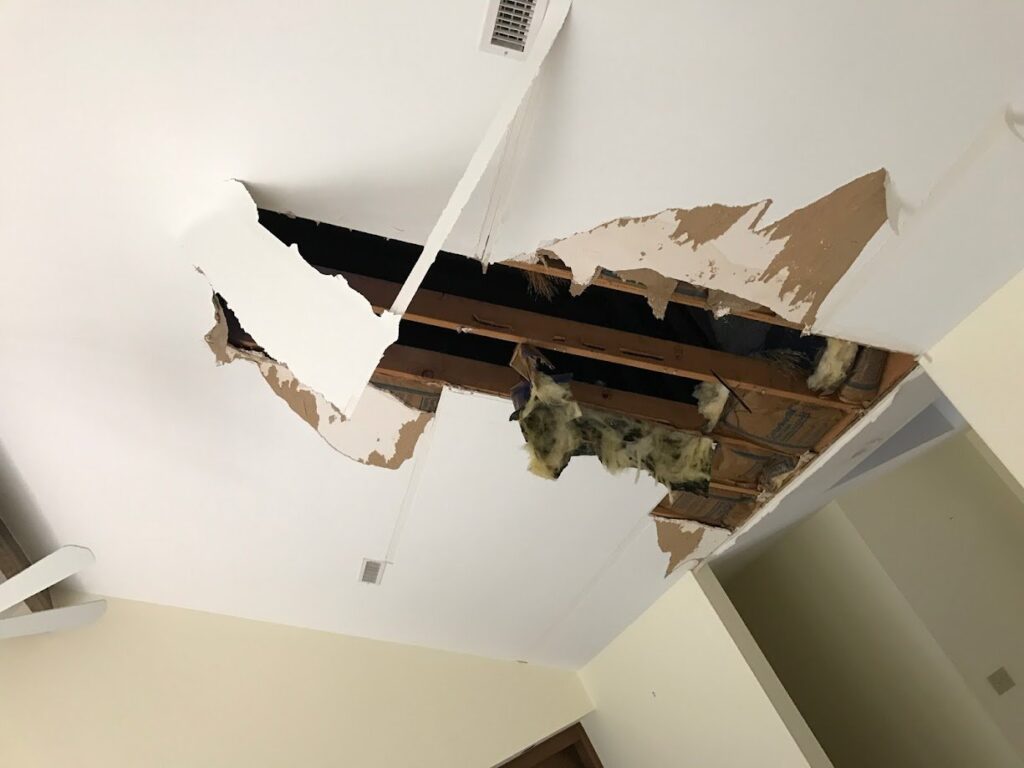

Warning Signs of Impending Roof Collapse
Recognizing the warning signs of an impending roof collapse is crucial for ensuring the safety of everyone in your home. If you notice any of these signs, it is essential to take immediate action and seek professional help.
Sagging or Bowed Areas
One of the clearest indications of a potential roof collapse is the presence of sagging or bowed areas on your roof. This can be seen on the exterior as a visible dip or depression in the roofline. Additionally, if you notice any interior sagging or bowing of the ceiling, it is imperative to address the issue promptly.
Visible Cracks or Splitting
Visible cracks or splitting in the roof structure, such as the rafters or trusses, can indicate significant structural damage. These cracks may be accompanied by visible separation or misalignment of the affected components. If you observe any of these signs, it is essential to consult with a professional to assess the extent of the damage.
Warping or Buckling of Roof Surface
When a roof is under significant distress, it may exhibit signs of warping or buckling on the surface. These irregularities can manifest as visible waves or undulations in the roof covering. If you notice any unusual deformations on your roof, it is crucial to have it inspected immediately to prevent further damage.
Sounds of Creaking or Groaning
Unusual sounds, such as creaking or groaning, coming from your roof can indicate structural instability. These sounds may be particularly noticeable during or immediately after rainfall. If you hear any unusual noises, it is essential to contact a professional to evaluate your roof’s condition and identify potential risks.
Preventing Roof Collapse
Preventing roof collapse requires proactive measures to maintain the integrity and stability of your roof system. By implementing the following preventive strategies, you can minimize the risk of a collapse and ensure the safety of your home.
Regular Roof Inspections
Regular roof inspections conducted by qualified professionals are essential in identifying potential issues and addressing them before they escalate. These inspections should be scheduled at least once a year, or after severe weather events, to ensure that your roof remains in good condition. Professionals can identify early warning signs of roof leaks, structural damage, or deterioration, allowing for timely repairs or reinforcement.
Timely Repair of Roof Leaks
Addressing roof leaks promptly is crucial in preventing further damage and potential collapse. As soon as you notice any signs of a leak, such as water stains or visible damage, it is important to take immediate action. You can either attempt a temporary repair if you are confident in your abilities, or seek the assistance of a professional roofer to perform the necessary repairs.
Proper Drainage and Gutter Maintenance
Maintaining proper drainage and keeping your gutters clean is essential in preventing water from pooling on your roof. Clogged gutters can lead to water overflow, which can infiltrate your roof system and cause leaks. Regularly clean your gutters and downspouts, ensuring that they are free from debris and functioning properly.
Structural Reinforcement Measures
In some cases, reinforcing the structural components of your roof may be necessary to prevent collapse. This can involve the installation of additional support beams, braces, or truss reinforcements. A professional structural engineer can assess your roof’s condition and recommend the appropriate reinforcement measures to enhance its stability and load-bearing capacity.
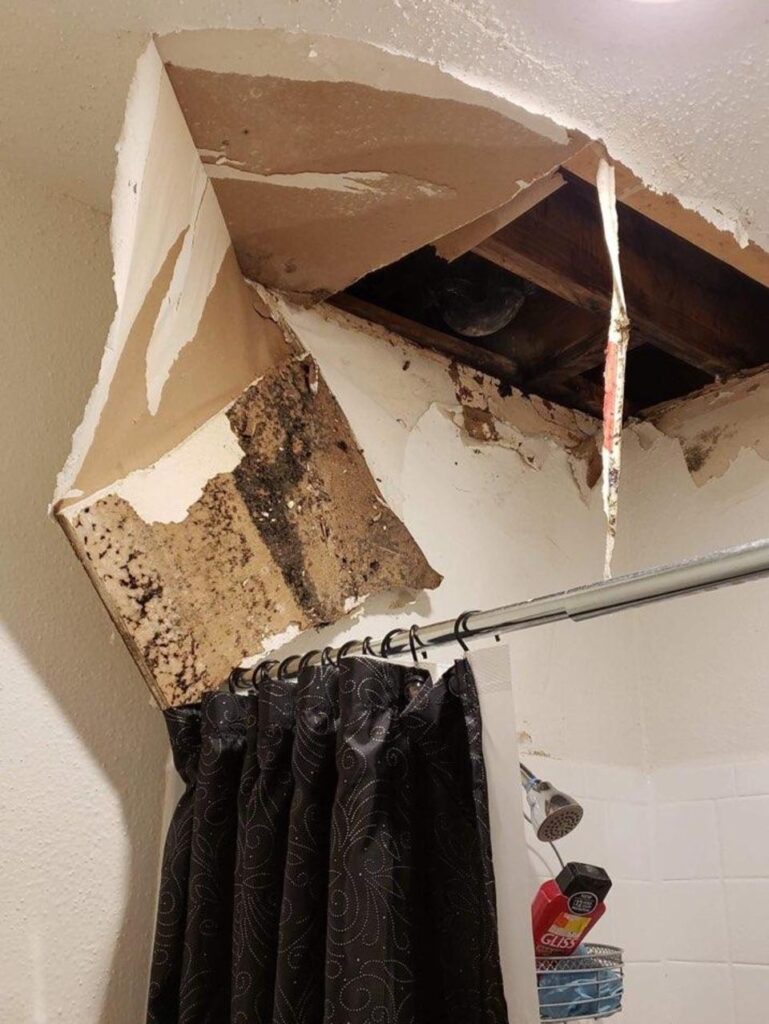

Emergency Measures
In certain situations, emergency measures may be necessary to ensure the safety of you and your family. If you suspect an imminent roof collapse, follow these steps:
Evacuation and Personal Safety
If you have reason to believe that your roof is at risk of collapse, prioritize your safety and evacuate the building immediately. Ensure that all occupants, including children and pets, evacuate to a safe location away from the affected area. Do not attempt to retrieve personal belongings until the building has been declared safe by professionals.
Professional Roof Inspection
After ensuring the safety of all occupants, contact a professional roofer or structural engineer to conduct a thorough inspection of your roof. These professionals have the knowledge and experience to assess the extent of the damage and recommend the appropriate repair or reinforcement measures.
Temporary Roof Repairs
If it is safe to do so, you can attempt temporary repairs to mitigate immediate risks. This may involve placing tarps or plastic sheeting over the affected areas to prevent further water intrusion. However, temporary repairs should only be viewed as a short-term solution, and professional repairs should always be carried out as soon as possible.
Consultation with Structural Engineer
In the event of a roof collapse or imminent collapse, consulting with a structural engineer is crucial in determining the cause and severity of the collapse. They can assess the extent of the damage, identify any underlying structural issues, and recommend appropriate measures for reconstruction or reinforcement.
Insurance Coverage for Roof Collapse
Roof collapses resulting from roof leaks may be covered by your homeowner’s insurance policy. Understanding your insurance coverage and the process of claiming compensation is essential in mitigating the financial burden of roof repairs or reconstruction.
Homeowner’s Insurance Policies
Review your homeowner’s insurance policy to determine the coverage for roof collapses and related damages. Most policies cover sudden and accidental events, including roof collapses, but the specific terms and coverage limits may vary. Familiarize yourself with the policy details, including deductibles and exclusions, to ensure that you are adequately protected.
Coverage for Roof Leaks
Insurance policies generally cover damages resulting from sudden and accidental roof leaks. However, it is important to note that gradual leaks caused by inadequate maintenance or wear and tear may not be covered. Regular maintenance, prompt repairs, and documentation of the damages and repairs are essential in supporting your claim.
Claiming Compensation for Roof Collapse
If your roof collapses due to a covered event, such as a sudden roof leak, you should file a claim with your insurance company as soon as possible. Contact your insurance provider to understand the claims process and gather the necessary documentation, including photographs, repair estimates, and any relevant correspondence. Cooperate fully with your insurance adjuster to facilitate the evaluation and processing of your claim.
Clarifying Policy Exclusions
To avoid surprises and potential disputes, review your policy’s exclusions and limitations related to roof collapses. Some common exclusions may include damages resulting from neglect, lack of maintenance, or pre-existing conditions. Understanding these exclusions will help manage your expectations and take necessary preventive measures to minimize risks and ensure proper coverage under your insurance policy.
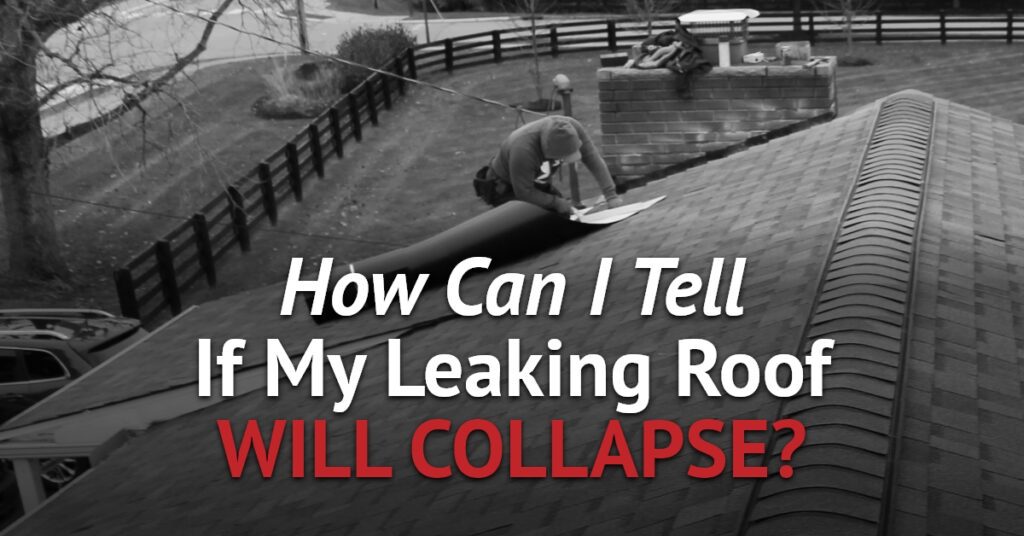

Roof Collapse Prevention Checklist
To maintain the safety and longevity of your roof, follow this roof collapse prevention checklist:
Regular Roof Maintenance
Implement a regular maintenance schedule for your roof, including annual inspections, cleaning of gutters, and prompt repairs of any damages or leaks identified. Regular maintenance helps identify potential issues before they escalate and keeps your roof in optimal condition.
Checking for Signs of Leaks
Regularly inspect your attic or ceiling spaces for any signs of leaks, such as water stains, dampness, or musty odors. Additionally, examine the exterior of your roof for missing or damaged shingles, cracked flashing, or other signs of deterioration.
Promptly Addressing Water Intrusion
If you detect any signs of a leak, take immediate action to address the issue. Attempt temporary repairs if possible, and consult with a professional roofer to perform the necessary repairs or reinforce the affected areas.
Professional Roof Inspections
Schedule annual roof inspections with qualified professionals to assess the overall condition of your roof, identify potential issues, and ensure its continued stability. Regular inspections provide peace of mind and allow for timely interventions when needed.
Conclusion
Roof leaks can have severe consequences, potentially leading to roof collapse and compromising the safety of your home. Recognizing the signs of roof leaks, understanding the impacts on structural components, and taking proactive measures to prevent collapses are crucial for maintaining a secure and stable roof. Regular maintenance, prompt repairs, and cooperation with professionals can help ensure the longevity of your roof and the safety of your loved ones. By staying vigilant and addressing roof leaks promptly, you can protect your home from potential collapses and enjoy the comfort and security of a structurally sound roof.

